MAN is investing heavily in its dealer network with the launch of the new TGS and TGX imminent; but UK managing director, Thomas Hemmerich, has no plans to mount a grab for big-volume truck registrations at the expense of profitability.
At present MAN’s truck market share hovers at around 9.2% to 9.3%.
He would like to achieve a 10% share and go beyond it. However, he has no intention of forcing the issue by ‘buying’ sales through heavy discounting and lots of short-term buy-back deals; approaches that could eventually dent residual values.
Nor does he plan to use MAN Rental as a means of boosting registrations artificially.
“At one time the MAN Rental fleet totalled 3,000 units, but it’s now down to 1,000,” he said. “We’ve backed off from doing rental business ourselves and we’re happy to support specialists such as Dawsongroup instead.
“What I want is sustainable, healthy growth,” he continued. “To achieve that, however, you need to have the right support network in place.”
As a consequence, MAN has invested £20 million in the 17 dealerships it owns. Its sites at Nuneaton in Warwickshire, Bellshill near Glasgow and Broxburn, not far from Edinburgh, have all been revamped, and a new £5m branch has been opened on a 3.3-acre site in Gateshead, Tyne and Wear.
A new branch will open in Stockton-on-Tees this year, too.
Including privately-owned dealerships as well as its own sites, MAN has 70 British locations. “We aim to increase that to 85 over the next four years,” Hemmerich said.
Truck operators are notorious for having long memories.
So, are the severe reliability problems MAN experienced with early versions of the Euro V EGR D26 engine still an issue?
“They remain in the minds of some customers, but it’s something we’ve now overcome,” Hemmerich said.
Fleet successes in recent months include the 26 TGLs and TGMs, a mixture of 7.5- and 18-tonners with flatbed bodies, supplied to Blok ‘N’ Mesh. It manufactures, delivers and installs site hoardings, temporary fencing, barriers and traffic management systems.
Moving down the weight scale, MAN has supplied 92 TGEs to non-emergency ambulance provider Falck for use on patient transfer work. TGE shares the same design as Volkswagen’s Crafter.
While the 2020 truck market could potentially fall to 36,000 registrations, Hemmerich estimates it is more likely to reach around 40,000; a view pretty much shared by Daf managing director, Laurence Drake, who doubts it will venture beyond 41,000.
Diesel will dominate this year and for the foreseeable future – “for now a Euro VI diesel remains the safest bet,” according to Hemmerich – but interest in battery electric trucks is rising. MAN has built a number of eTGM all-electric 26-tonne trucks and has had eTGM on trial with customers in Austria since September 2018.
“But, while everybody is talking about electric trucks, they become less enthusiastic when you start discussing hard figures,” Hemmerich said. “We’ve had lots of inquiries from big companies but they’re not necessarily willing to sign orders.
“I’m sure battery-electric and fuel cell trucks are the future, but we won’t see them used on long-haul work before 2030,” he added. With a range of 125 miles between recharges, the eTGM is designed for short-haul work.
MAN is, nevertheless, gradually preparing its dealers for the arrival of electric vehicles.
Gateshead has four double-vehicle charging points and its workshop has extra-wide bays to make it easier to remove and replace battery packs.
That makes sense given that right-hand-drive versions of the battery-powered eTGE van will appear on this side of the Channel during 2020.
“It will be at the Commercial Vehicle Show in April and go on sale shortly afterwards,” Hemmerich said. “It’s already attracting huge interest from customers in places such as London and Manchester.”
He believes this interest should soon translate into sales; the advent of London’s ultra-low emission zone (ULEZ) means there is a good business case for running eTGE in the capital in particular.
Falck has been busy trialling a left-hand-drive eTGE in London.
Its zero-emission status is not its only advantage, according to Hemmerich. “The low noise levels of electric vehicles make them a great solution for early morning deliveries,” he said; something dairies discovered many years ago, of course, when they first issued electric milk floats with lead acid batteries to milkmen.



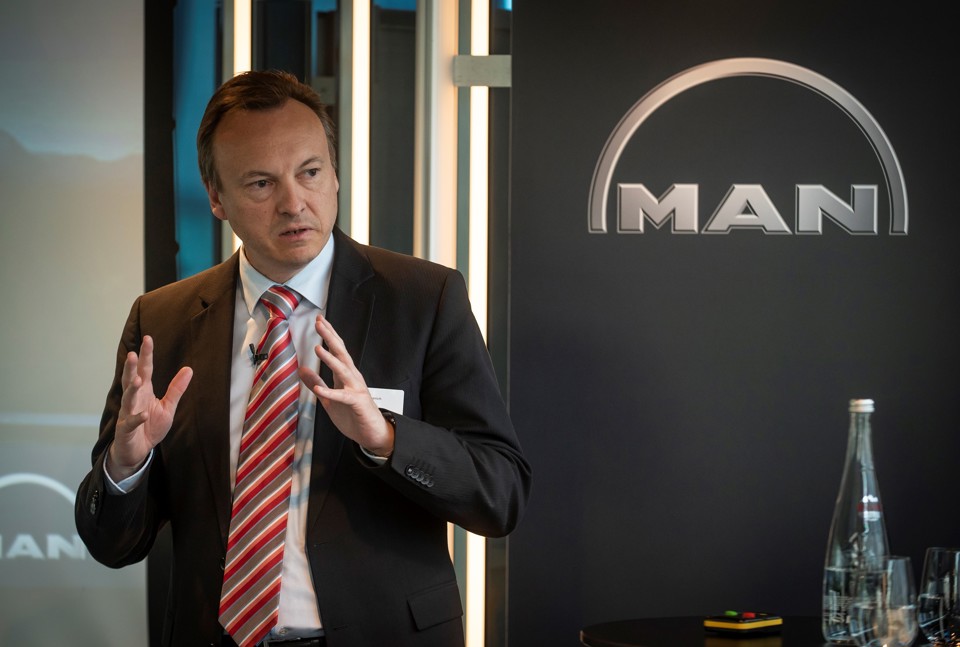
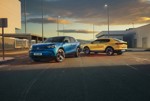




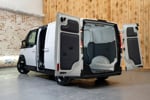







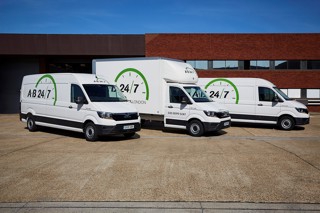
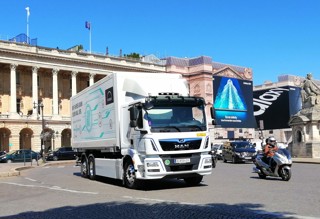
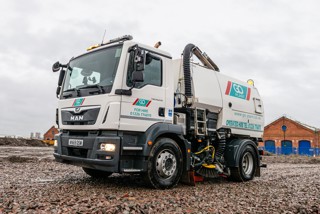
Login to comment
Comments
No comments have been made yet.